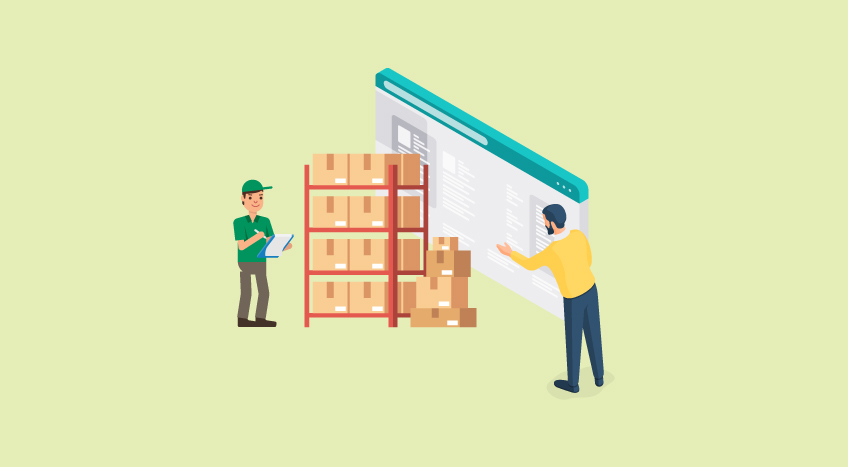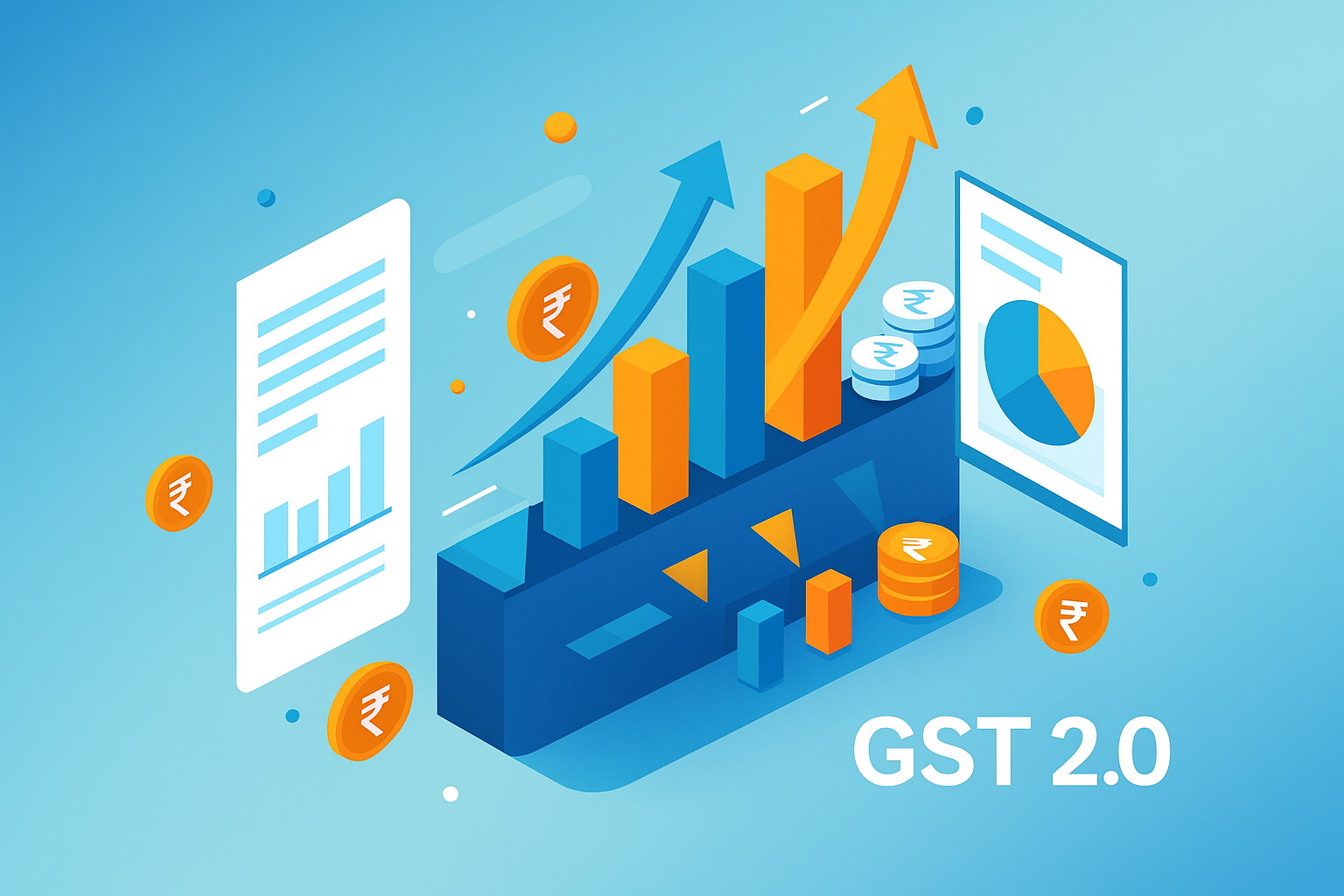With the new GST rates, you might already be wondering how this impacts your day-to-day business. For example, what if the invoice was raised before the new rate, but you’re issuing a debit or credit note after the new rates kicked in? And how will these adjustments impact your returns and ITC claims? And how do you manage credit notes without messing up your returns?
These are real, practical questions every business owner like you faces during a GST transition. And let’s be honest, getting it wrong doesn’t just mean compliance issues. It could also mean incorrect tax payments, unhappy customers, and extra headaches at the time of filing. Don't worry, we've got you covered!
This guide will break down the most common transition scenarios into simple, understandable terms. We'll clarify which GST rate applies in each situation, so you can manage your invoicing and payments with confidence.
Understanding the "Time of Supply" rule
Before we dive into scenarios, let's talk about the core concept that determines which GST rate to apply: the Time of Supply. In simple terms, this is the precise moment when a transaction is considered to have occurred for tax purposes.
Change in rate of tax in respect of supply of goods or services
Considering the above time of supply rule, we are listing down all the practical scenarios to help you determine which GST rate would be applicable when. The tricky ones. The later scenarios are where it gets tricky—so keep reading to see how they work.
Scenario 1: Everything happens before 22nd September
This is the most straightforward case.
- Supply of goods: Before 22nd September.
- Invoice issued: Before 22nd September.
- Payment received: Before 22nd September.
- Issuance of credit/debit note: Before 22nd September.
Verdict: The old GST rate applies. Since all parts of the transaction—including the issuance of debit/credit notes—were completed before the new rates took effect, you will charge and remit tax based on the old structure.
Example: You sold and delivered goods on September 20th, invoiced the customer on the same day, and received payment on September 21st. The new rates kick in on September 22nd. You will apply the old GST rate.
Scenario 2: Everything happens after 22nd September
This scenario is also simple to manage.
- Supply of goods: On or after 22nd September.
- Invoice issued: On or after 22nd September.
- Payment received: On or after 22nd September.
- Issuance of credit/debit note: After 22nd September.
Verdict: The new GST rate applies. The entire transaction occurs under the new tax regime, so you must use the updated rates.
Example: You supply goods to a customer on September 23rd, issue the invoice on September 24th, receive payment on September 28th, and later issue a credit note on October 2nd for a discount adjustment. All these fall after 22nd September, so the new GST rate will apply.
Scenario 3: Supply before 22nd September, invoice & payment after 22nd September
Here's where it starts to get interesting. Your business operations straddle the old and new tax periods.
- Supply of goods: Before 22nd September.
- Invoice issued: After 22nd September.
- Payment received: After 22nd September.
- Issuance of credit/debit note: After 22nd September.
Verdict: The new GST rate applies. Even though the supply occurred before 22nd September, both the invoice and payment fall after the new rates came into effect. Under GST rules, the timing of invoice and payment can determine the applicable rate in such mixed-period transactions.
Example: You delivered goods to a customer on September 20th but raised the invoice on September 24th and received payment on September 25th. Since the financial documentation (invoice/payment) happened after the rate change, you must apply the new GST rate.
Scenario 4: Supply & invoice before 22nd September, payment after 22nd September
This is a very common scenario for businesses that offer credit terms to their customers.
- Supply of goods: Before 22nd September.
- Invoice issued: Before 22nd September.
- Payment received: After 22nd September.
- Issuance of credit/debit note: After 22nd September.
Verdict: The old GST rate applies. Since both the supply and invoice were completed before the new rates came into effect, the original tax rate is retained—even if the payment or debit/credit note occurs later.
Example: You delivered goods on September 20th and issued the invoice the same day, but your customer pays on September 25th. Even if you later issue a credit note on September 28th, the transaction falls under the old GST rate.
Scenario 5: Supply and payment before 22nd September, invoice after 22nd September
Sometimes, you might receive an advance payment before supplying goods or issuing a formal invoice.
- Supply of goods: Before 22nd September.
- Payment received: Before 22nd September.
- Invoice issued: After 22nd September.
- Issuance of credit/debit note: After 22nd September.
Verdict: The old GST rate applies. Since both the supply and payment occurred before the new rates came into effect, the transaction is considered under the old tax structure, even if the invoice or credit/debit note is issued later.
Example: You supply goods on September 20th and receive full payment on September 21st, but the invoice is formally issued on September 24th. Even if a credit note is issued on September 25th, the transaction falls under the old GST rate.
Determine whether to apply old or new GST rates on debit & credit notes
|
Supply Date |
Invoice Date |
Payment Date |
Debit/Credit Note Date |
Applicable GST Rate |
|
Before |
Before |
Before |
Before |
Old Rate |
|
After |
After |
After |
After |
New Rate |
|
Before |
After |
After |
After |
New Rate |
|
Before |
Before |
After |
Before |
Old Rate |
|
After |
Before |
Before |
Before |
Old Rate |
|
Before |
After |
Before |
Before |
Old Rate |
|
After |
After |
Before |
Before |
Old Rate |
|
After |
Before |
After |
After |
New Rate |
*This is as per the time of supply provision as provided by the Act. However, there is also opinion prevalent that credit note should apply same tax rate as that of original invoice against which it is issued. Hence, while we wait for clarification from the council, please get in touch with your tax advisor.
The way forward
The shift in GST rates is a significant event, but it doesn't have to be a complicated one for your business. By understanding the core principles of Time of Supply and how the dates of supply, invoice, and payment interact, you can approach the transition with clarity.
While you can manage this manually, leveraging technology is the smartest way forward. TallyPrime is built to absorb this complexity, automating the application of tax rates and ensuring your business remains compliant without any extra effort. As the new rates approach, ensure your systems are ready to handle the change smoothly, accurately, and efficiently.


















